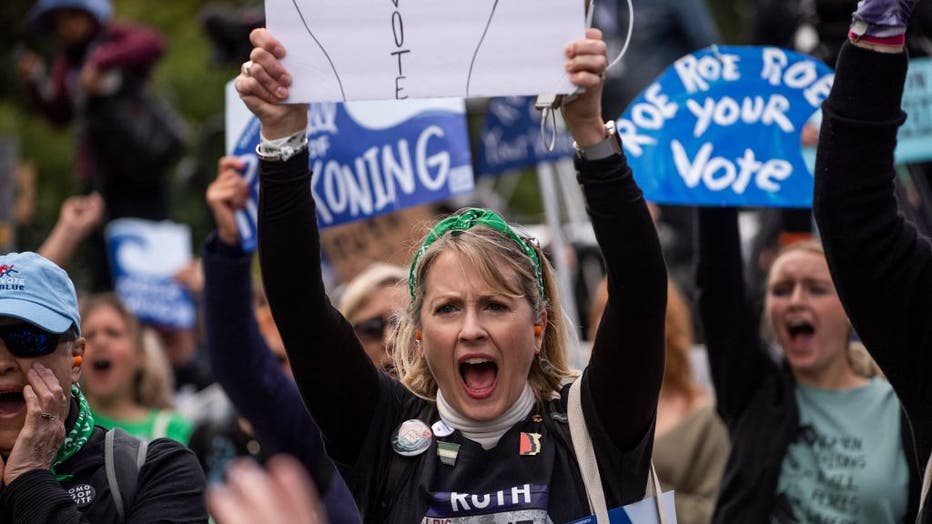Women voters in swing states poised to shape Harris-Trump race
Full episode: DNC, Keystone campaigning, & women voters
We're live from the Democratic National Convention in Chicago as Harris and Walz make their pitch to swing state voters. We'll also break down the battle for Pennsylvania as both campaigns blitz the Keystone State. Plus, could women voters be the key to victory?
WASHINGTON - Women in swing states could tip the scale this upcoming election between Vice President Kamala Harris and former president Donald Trump in the race for the White House.
According to the Center for American Women in Politics, women have voted at higher rates than men in every presidential election since 1980.
Even so, the female vote is not monolithic. It can be broken down further by race and various cultures.
RELATED: How to watch the Democratic National Convention live
And it'll be presumptuous to assume women voters will vote for Harris because she's a woman.
"Women want to see a woman candidate," social psychologist Danna Young told S.E. Cupp., host of "Battleground. "But the idea that that is enough to sort of garner that vote, I think many women find that to be condescending, patronizing."
How did women vote in 2016 election between Trump, Hillary Clinton
- A majority of women still supported then candidate Hillary Clinton -- by a margin of 54 percent to 41 percent, according to the exit polls from the Associated Press.
- White women without a college degree supported Trump by a margin of 61 percent to 34 percent, the exit polls showed.
- White women with a college degree – whom most thought would abandon Trump in record numbers – favored Clinton by a surprisingly small margin of 51 percent to 44 percent.

File: Abortion rights demonstrators hold signs during the annual Women's March to support Women's Rights in Washington, DC, October 8, 2022 (Photo by ROBERTO SCHMIDT/AFP via Getty Images)
How did women vote in 2020 between President Joe Biden, Trump
- According to the Pew Research Center, Trump won a slightly larger share of women’s votes in 2020 than in 2016 while Biden’s share among women was nearly identical to Clinton’s (55% vs. 54%).
- Trump’s vote share among white women without a college degree grew slightly between the 2016 and 2020 presidential elections.
- Trump’s vote share among white women without a college degree grew slightly between the 2016 and 2020 presidential elections.

